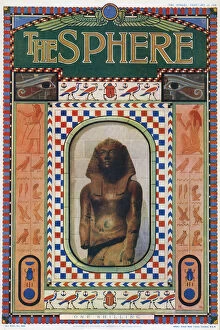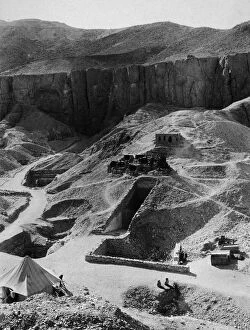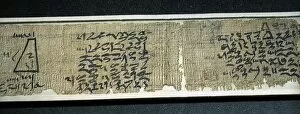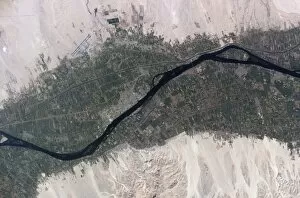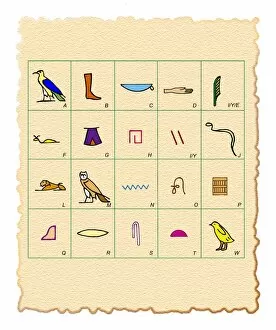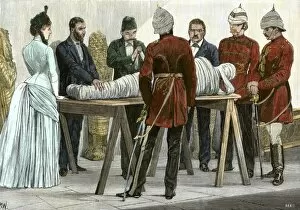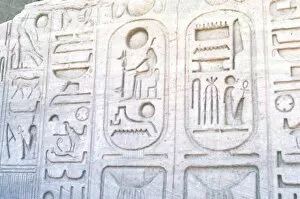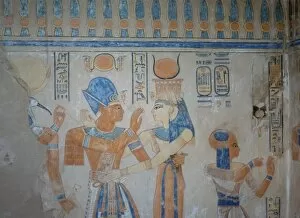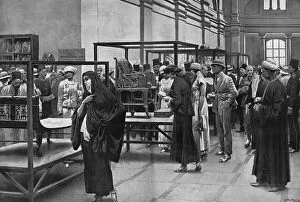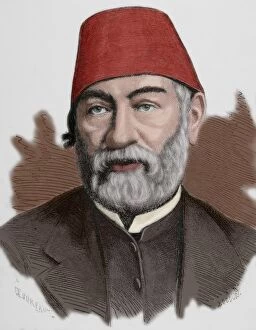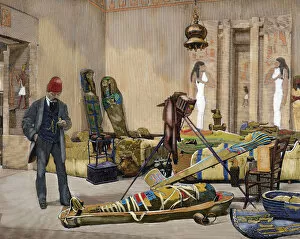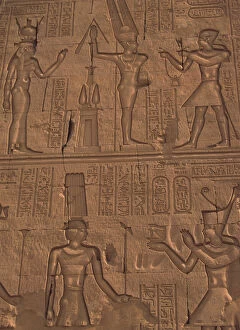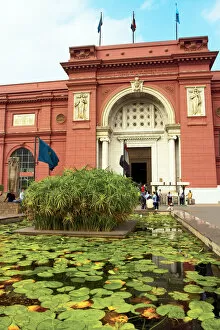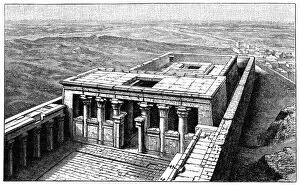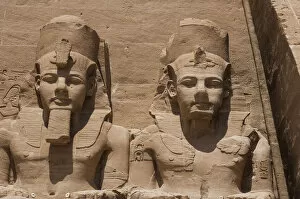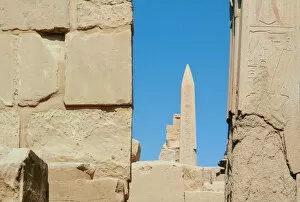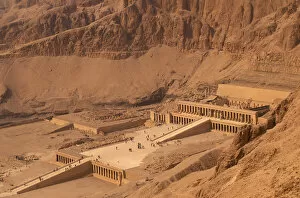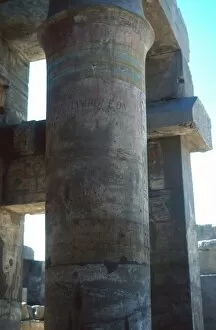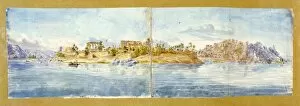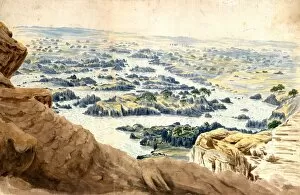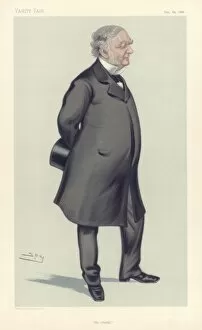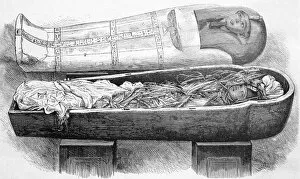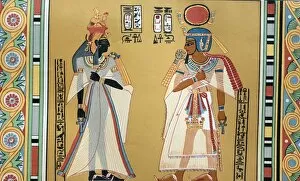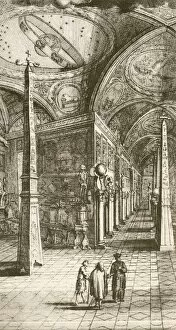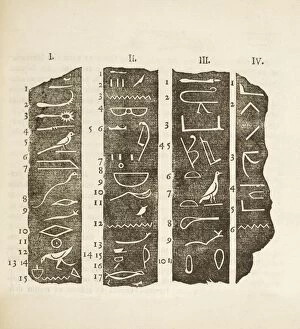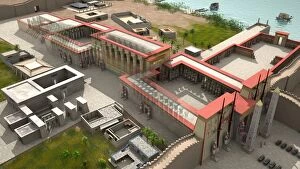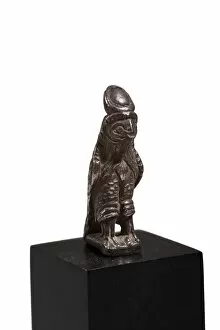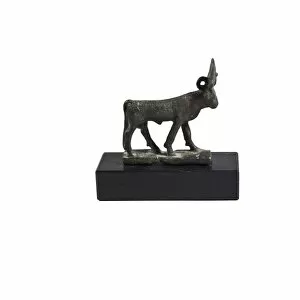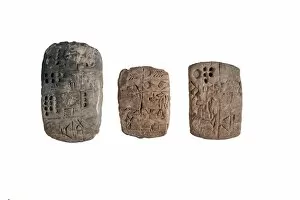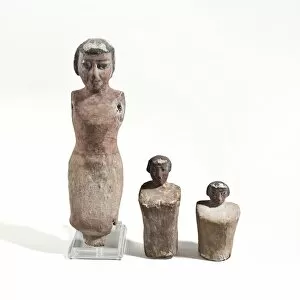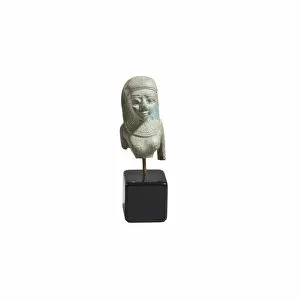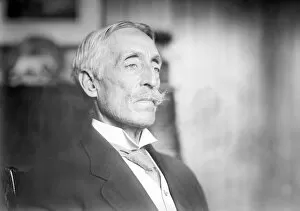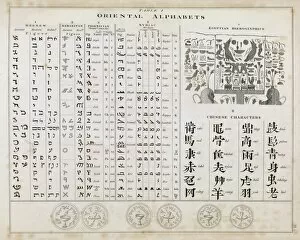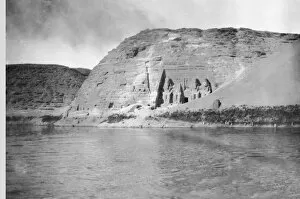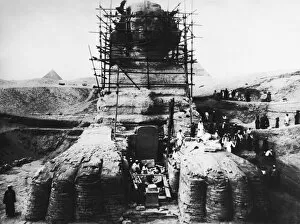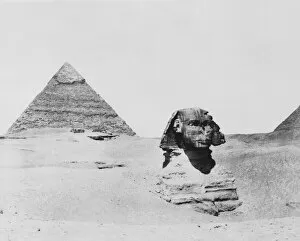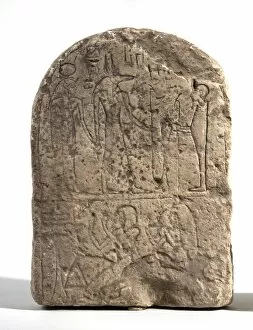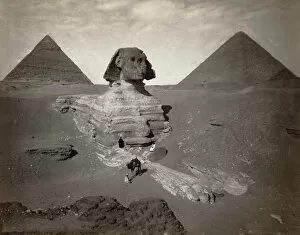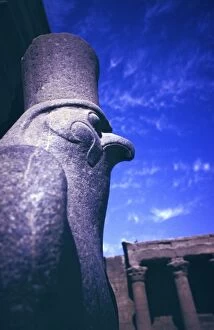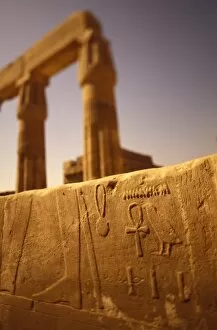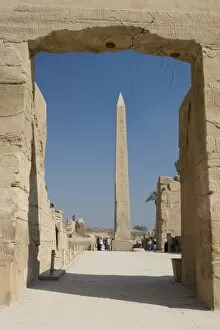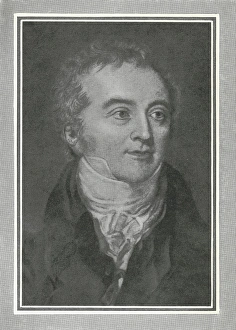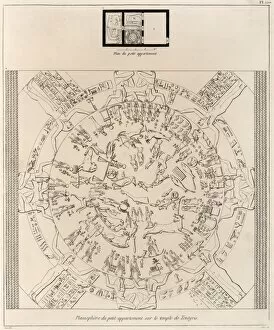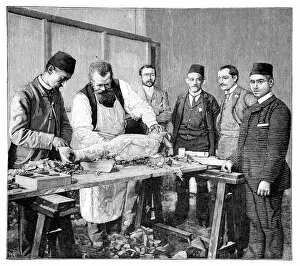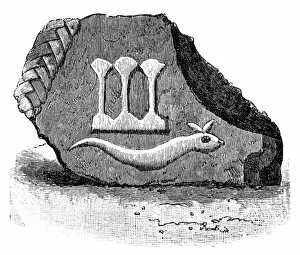Egyptology Collection (page 4)
"Unraveling the Mysteries of Egypt: A Journey into Egyptology" Embark on a captivating voyage through time and immerse yourself in the wonders of Egyptology
For sale as Licensed Images
Choose your image, Select your licence and Download the media
"Unraveling the Mysteries of Egypt: A Journey into Egyptology" Embark on a captivating voyage through time and immerse yourself in the wonders of Egyptology. Explore the Egyptian Museum in Cairo, where treasures like the mesmerizing Gold mask of Tutankhamun await your gaze, offering a glimpse into ancient royalty's opulence. Travel across continents to London's British Museum, home to The Rosetta Stone - an artifact that unlocked the secrets of hieroglyphs and revolutionized our understanding of ancient civilizations. Marvel at this remarkable piece connecting us to Egypt's rich history. Venture deep into Temple at Dendera, where you'll encounter a fascinating statue depicting Bes, an ancient Egyptian god known for his protective powers. Feel the mystical aura surrounding this sacred site nestled within North Africa's enchanting landscapes. Discover more hidden gems as you wander through Axel Munthe's House, an architectural marvel blending European elegance with Egyptian influences. Let its walls whisper stories from bygone eras and transport you back in time. Witness nature's breathtaking spectacle as sunset casts its golden hues upon Giza's Pyramids - UNESCO World Heritage Sites standing tall against Cairo's skyline. These colossal structures continue to awe visitors with their grandeur and enigmatic allure. Journey further south to Sudan's archaeological site of Meroe, where pyramids rise majestically amidst vast African plains. Stand before these lesser-known wonders that hold echoes of an ancient civilization lost in time. Gaze upon the iconic Sphinx guarding Chephren pyramid beyond at Giza - another UNESCO World Heritage Site leaving spectators spellbound by its mythical presence. Capture this timeless image etched forever in your memory. Marvel at Abu Simbel temple complex rising proudly along Egypt’s shores; it stands as a testament to human ingenuity and devotion throughout centuries past. Allow its intricate carvings and towering statues to transport you back thousands of years.

